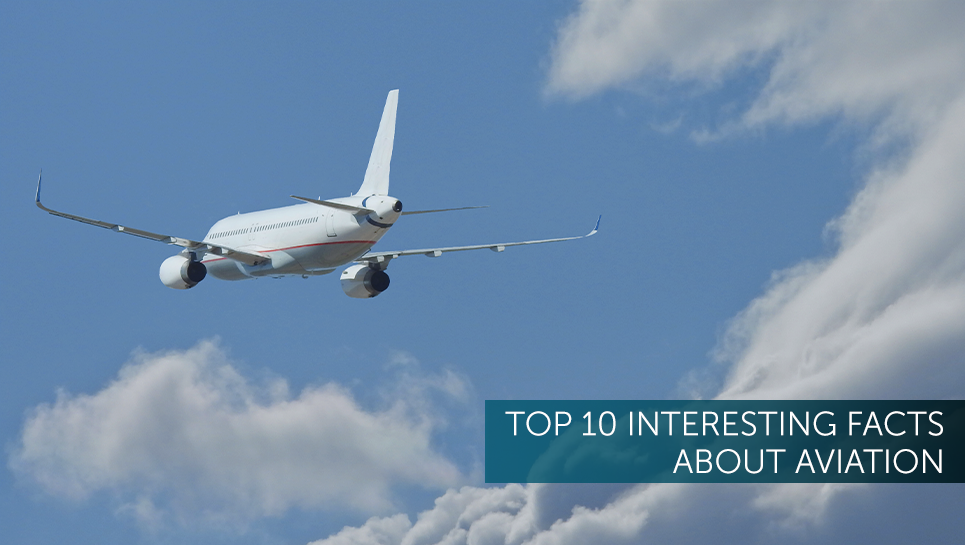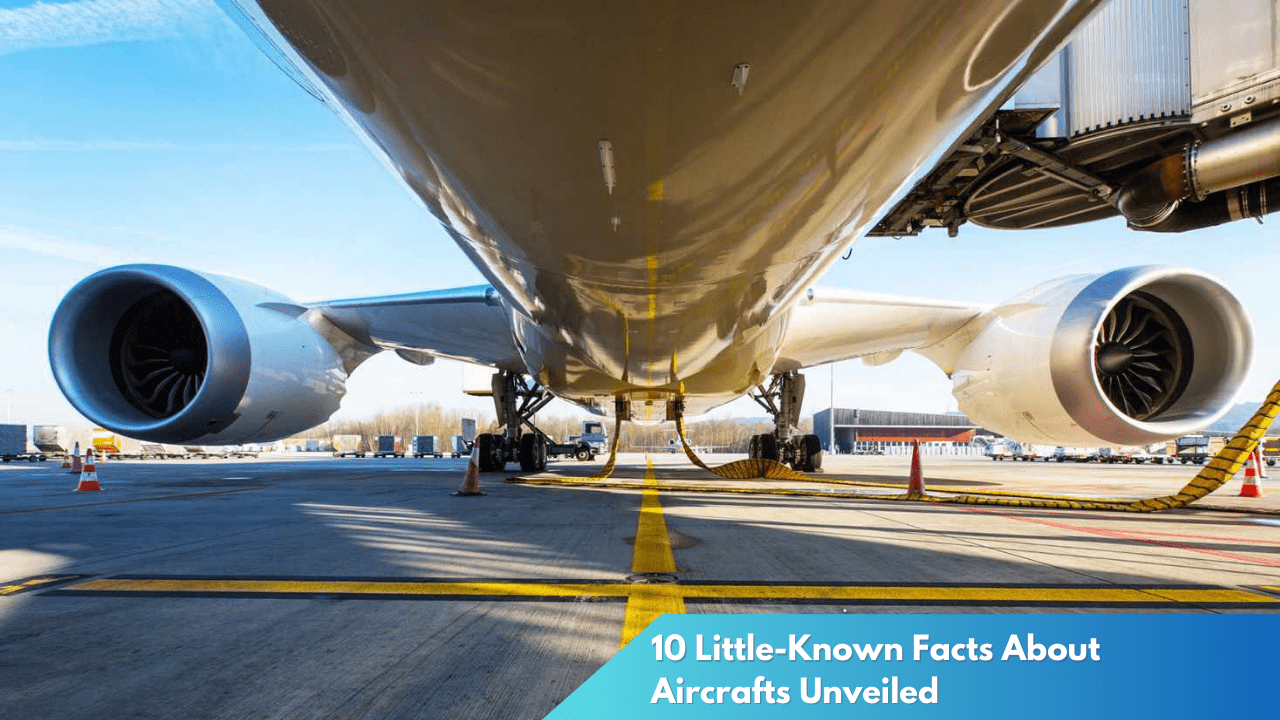10 Little-Known Facts About Aircrafts Unveiled
Aircraft have revolutionized the way we travel, turning the vast distances between continents into mere hours of flight. While many of us are familiar with the basic workings of airplanes and their role in our lives, there remains a plethora of little-known facts that continue to intrigue even the most seasoned aviation enthusiasts. As we delve into the hidden world of aircraft, prepare to be astounded by the marvels and mysteries that lie within.
Discover the Hidden World of Aircraft Mysteries
Most people are aware of the standard elements that comprise an airplane, such as the wings, engines, and cockpit. However, beneath this surface lies an intricate web of engineering wonders. For instance, did you know that the average commercial airplane has over six million parts? Each of these components plays a crucial role in ensuring the safety and efficiency of air travel, showcasing the extraordinary complexity of modern aviation technology.
Another fascinating element of aircraft design is the use of winglets on the tips of airplane wings. These seemingly small additions play a significant role in improving the aerodynamic efficiency of a plane. Winglets reduce the drag caused by the swirling air at the wing tips, leading to better fuel efficiency. This innovation, though small in appearance, exemplifies the meticulous attention to detail that defines the aircraft industry.
The color of an airplane may seem like an aesthetic choice, but it is steeped in practical reasoning. Most aircraft are painted white, a decision driven by several factors. White paint is lighter than many other colors, contributing to fuel savings. It also reflects sunlight, keeping the aircraft cooler. Moreover, white paint makes any potential damage or oil leaks more visible, enhancing maintenance and safety protocols.
Unveiling 10 Surprising Facts About Aircraft

One surprising fact about modern aircraft is their ability to generate electricity from the engines themselves. Called an Auxiliary Power Unit (APU), this small engine provides electricity to run the plane’s systems when the main engines are off. This innovative feature allows the cabin to remain heated or cooled while on the ground and powers the plane’s electronics when the aircraft is not in flight.
Another intriguing aspect of aviation is the phenomenon of “fuel jettisoning” or fuel dumping. Although it may seem counterintuitive, sometimes planes need to release fuel into the atmosphere. This practice is primarily for safety reasons, ensuring that an aircraft can land safely at a lighter weight in emergencies. The vaporized fuel dissipates quickly and poses minimal environmental risks, thanks to stringent regulations.
The incredible durability of aircraft is another noteworthy fact. Commercial airplanes undergo rigorous testing, including exposure to extreme weather conditions and mechanical stress, to ensure they can withstand various environmental challenges. For instance, the wings of a jet are designed to flex significantly during turbulence without compromising structural integrity. This resilience underscores the rigorous standards of safety in aviation.
As we’ve explored, the world of aircraft is filled with surprising and little-known facts that highlight the remarkable ingenuity behind aviation technology. From the sheer complexity of their construction to the innovative solutions developed to enhance performance and safety, aircraft represent one of humanity’s greatest engineering achievements. These hidden aspects not only deepen our appreciation for air travel but also remind us of the ongoing advancements that continue to propel the aviation industry forward. Whether you’re an avid traveler or a casual observer, these insights into the world of aircraft undoubtedly enrich our understanding of flying.




